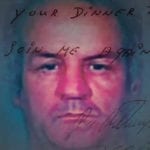 History
History  History
History  Pop Culture
Pop Culture 10 Cases of Grabbing Defeat from the Jaws of Victory
 History
History 10 Common Misconceptions About the Renaissance
 Weird Stuff
Weird Stuff 10 Crazy Things Resulting from Hidden Contract Provisions
 Facts
Facts 10 Unusual Facts About Calories
 Weird Stuff
Weird Stuff 10 Days of Humiliation When the Person Should Have Stayed in Bed
 Humans
Humans 10 Surprising Ways Game Theory Rules Your Daily Life
 Food
Food 10 Popular (and Weird) Ancient Foods
 Animals
Animals Ten Bizarre Creatures from Beneath the Waves
 Technology
Technology 10 Unexpected Things Scientists Made Using DNA
 History
History 10 Events That Unexpectedly Changed American Life
 Pop Culture
Pop Culture 10 Cases of Grabbing Defeat from the Jaws of Victory
 History
History 10 Common Misconceptions About the Renaissance
Who's Behind Listverse?

Jamie Frater
Head Editor
Jamie founded Listverse due to an insatiable desire to share fascinating, obscure, and bizarre facts. He has been a guest speaker on numerous national radio and television stations and is a five time published author.
More About Us Weird Stuff
Weird Stuff 10 Crazy Things Resulting from Hidden Contract Provisions
 Facts
Facts 10 Unusual Facts About Calories
 Weird Stuff
Weird Stuff 10 Days of Humiliation When the Person Should Have Stayed in Bed
 Humans
Humans 10 Surprising Ways Game Theory Rules Your Daily Life
 Food
Food 10 Popular (and Weird) Ancient Foods
 Animals
Animals Ten Bizarre Creatures from Beneath the Waves
 Technology
Technology 10 Unexpected Things Scientists Made Using DNA
20 Brilliant Novellas You Should Read
The novella is the stepchild of literary genres. It’s too long for a short story and too short for a novel. Publishers look down on them because they are hard to sell. There is even confusion about what the word really means. Literally, it’s Italian for a “little novelty.” Originally the word was used for tales in frame stories like the Arabian Nights and Boccaccio’s Decamerone. However, in its modern meaning it’s a prose narrative of intermediate length. Although there is no consensus, this length ranges roughly from 20,000 to 40,000 words, or in an average publication something between 60 and 120 pages. You can finish a novella in one or two days without reading diagonally or skipping pages. Compared to a short story there is more room to develop round characters and an interesting plot. The main difference with a novel is that it centers around one main character and it has no subplots.
Some of the greats of world literature have one or more novellas among their best titles. I tried to collect some of the most noteworthy examples in this list. Some works aren’t included because they are slightly too short (e.g. “Nevsky Prospekt” by Gogol) or slightly too long (e.g. “A Clockwork Orange” by Anthony Burgess and “The Awakening” by Kate Chopin). I hope you enjoy this overview.
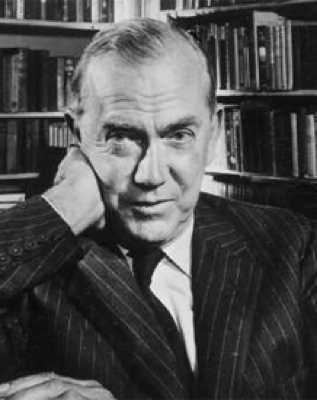
Graham Greene wrote this novella as a preparation for the screenplay, not intending it for publication. It’s set in post-war Vienna, a city that was divided into four zones, including a zone controlled by the Soviet Union. American writer, Holly Martins, visits Vienna because his friend, Harry Lime, has promised him a job there. People tell him that Harry has died and that three men have carried his body outside. Holly easily traces the first two men, but they deny there was a third. This is the start of a story with a surprising twist. The film, directed by Carol Reed and with Joseph Cotten and Orson Welles in the lead roles, is considered a masterpiece. Although Greene didn’t initially intend to publish the novella, it’s still worth reading today.
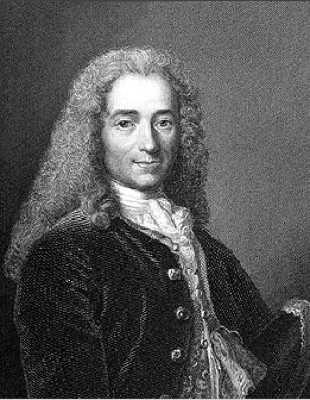
François-Marie Arouet, or Voltaire, was a philosopher of the French Enlightenment. In “Candide” the title character is a young man who lives in a protected environment: the castle of a Baron. Candide and the Baron’s daughter Cunégonde are indoctrinated by Dr Pangloss, a philosophical optimist who teaches them that we live in the best of all possible worlds. After kissing Cunégonde, Candide is evicted from the castle. He and Dr Pangloss travel to a lot of countries, including Prussia, the Netherlands, Portugal, Argentina, Paraguay, El Dorado, Surinam and Turkey. They are confronted with all the suffering in the world, but Dr Pangloss keeps repeating that we live in the best of all possible worlds. This was actually a statement by German philosopher Gottfried Leibniz. Voltaire criticized Leibniz’s optimism after negative events like the Seven Years’ War (1756-63) and the 1755 Lisbon earthquake.
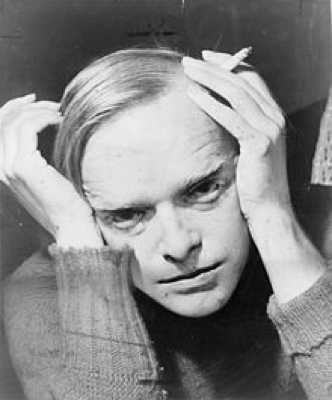
Capote will mostly be remembered for his true crime novel “In Cold Blood”, and for this novella. Holly Golightly is a young, somewhat mysterious woman in New York. She likes to visit the jewelry store Tiffany & Co. She appears to be rich, but she’s actually just trying to catch a wealthy husband. She meets a young man she calls Fred, the first person narrator whose real name we’re never told. Gradually Fred finds out more about Holly’s past. Blake Edwards directed a movie adaption that became more popular than the novella itself, with Audrey Hepburn singing “Moon River” as Holly Golightly.

“La Maison du chat-qui-pelote” is the first part of “Scenes of Private Life,” which is, itself, the first part of Balzac’s magnum opus “La Comédie humane.” Augustine Guillaume is the daughter of a Parisian cloth merchant. Against the initial will of her father, she decides to marry the artist Théodor de Sommervieux, who painted and exhibited a portrait of her. The marriage is an unhappy one. He is unfaithful and she dies eight years later. At the end of the story an unnamed man visits her grave, possibly Balzac himself. This author was a pioneer of literary realism, and the story is a good introduction to his work and to French literature in general.
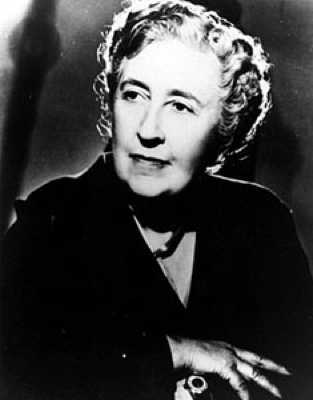
“Three Blind Mice” is one of many titles by Agatha Christie taken from a nursery rhyme. The story is a classic whodunit set in an isolated environment: a manor that can’t be reached because of the heavy snowfall. Originally it was a BBC radio play in 1947, but she turned it into a novella. Sources often call it a short story, but it’s over 20,000 words. She later expanded it into the play “The Mousetrap” (1952), with a new title taken from “Hamlet.” Christie didn’t want the novella to be published in the UK as long as the play was running in the West End. She probably didn’t expect that it would still be running in 2011, so the novella still hasn’t been published in the UK, but it has in other countries.
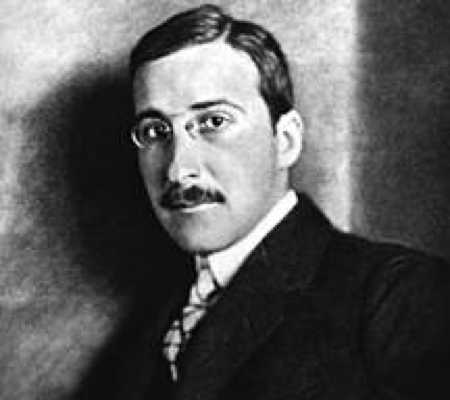
“Chess Novella” would have been a literal translation of the original German title “Schachnovelle”, but the publishers probably thought it would sell better as “The Royal Game.” Zweig was an Austrian Jew who fled to London because of World War II. He committed suicide, in Brazil, in 1942. This novella, written between 1938 and 1941, was published posthumously. It’s about a mysterious man on a cruise liner who, surprisingly, beats the world champion in a game of chess. It turns out that he learned to play the game on his own, while he was imprisoned by the Nazis. In spite of being a great chess player, it becomes clear that the man hasn’t overcome his traumatic experience and is still suffering mentally. Gerd Oswald made a German film adaption, in 1960.
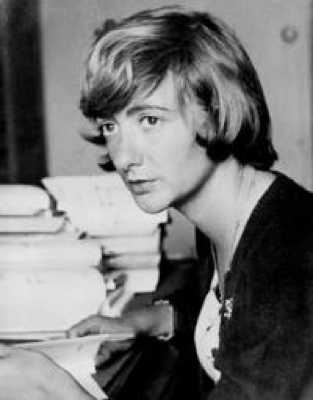
Françoise Sagan was only eighteen when this debut was published, but it remains her best known work. It’s about a seventeen year old girl, Cécile, who goes on holiday to the French Riviera with her father and his latest lover, Elsa. They meet Anne, who becomes romantically involved with Cécile’s father. In contrast to his previous girlfriends, Anne is very serious about their relationship and wants to marry him. She starts behaving like a stepmother to Cécile, who wants to drive them apart. The story has a tragic ending, hence the title “Hello Sadness.” In 1958, Otto Preminger directed an English language film adaption, with Deborah Kerr as Anne.
If you want to learn about Herman Melville, and you’re not in the mood to read eight hundred pages about the hunt for a sperm whale, then “Billy Budd” is the best alternative. Melville worked on it from 1888, until his death in 1891. Almost twenty years later the manuscript was discovered by a student. It was published for the first time in 1924, but had to be heavily revised several times afterwards. Billy Budd is a seaman on the HMS Bellipotent, a ship from the Royal Navy. He is accused of conspiracy to mutiny by Master-at-Arms John Claggart. Billy, who suffers from a speech impediment, strikes Claggart, unintentionally, to death. Captain Vere now has to decide what will happen to Billy. Adaptions were made for several media, including an opera by Benjamin Britten (the clip above is “Look” from Britten’s opera – perhaps one of the most beautiful arias for baritone in a modern opera).
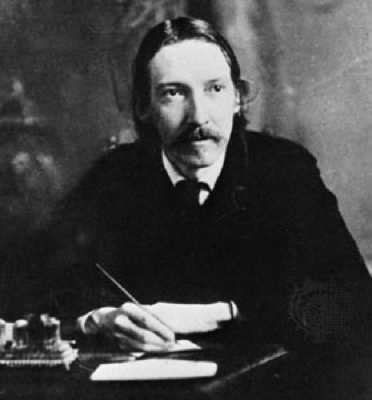
Scottish author Stevenson is mainly known for two stories: his adventure novel “Treasure Island” and this novella. The narrator is Mr Utterson, a lawyer who observes two people: the scientist Dr Henry Jekyll and the murderer Mr Edward Hyde. He finds out that Dr Jekyll actually has a split personality and that Jekyll and Hyde are one and the same person. Dr Hyde believed that every man has good and evil incorporated within himself, and he invented a potion to separate these two. There are lots of adaptions for stage, radio and film, but most of them aren’t very faithful to the original plot.
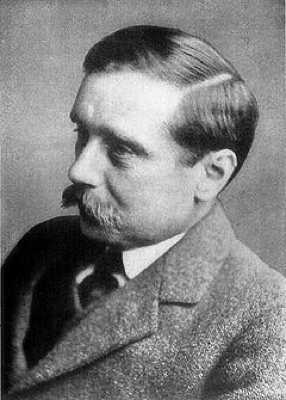
Herbert George Wells was a pioneer of science fiction. His two most famous works are the novel “The War of the Worlds” and this novella. An English scientist invents a machine to travel in time. He travels to the year 802,701 A.D. and discovers two species: the small, child-like Eloi, and the aggressive, ape-like Morlocks, who live under the ground. He finds out that humanity has evolved into these two species, a result of the separation between leisure class and working class. An interesting detail is that the Eloi still have books, but can’t read them because they’re all illiterates. There are several film adaptions, including a 1960 movie by George Pal.
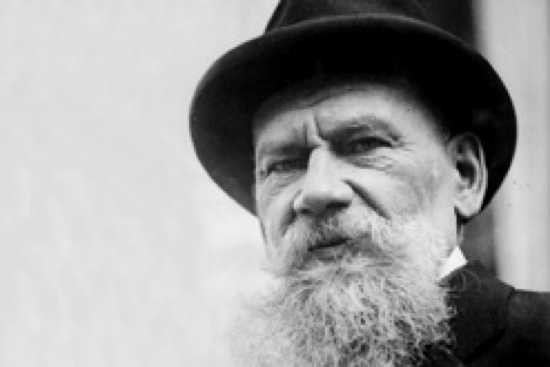
Russian author Tolstoy is best known for his massive novels “War and Peace” and “Anna Karenina,” but he also wrote terrific shorter prose. Ivan Ilyich led a successful life in society by becoming a high court judge, but he didn’t have a happy marriage. In the first chapter we learn that he just died, and we see the hypocritical reactions of his wife and family. Then we jump back in time and experience the final days of Ivan Ilyich inside his head. The dying man regrets that his life was so selfish and hypocritical. He finds some comfort in the presence of his boy servant, Gerasim. This is a deep philosophical work about the meaning of life and death.

If you want to learn about Nobel Prize winner John Steinbeck, and you don’t have time to read “East of Eden” or “The Grapes of Wrath”, this is the solution. George Milton and Lennie Small are two field workers traveling through California in search of employment. Lennie is a tall, mentally disabled man, who loves to stroke soft objects. George acts as his protector. They find a job on a ranch near Soledad, but Lennie’s idiosyncrasy always brings the two of them in trouble. He accidentally kills his puppy, and an incident with their employer’s wife leads to a tragic climax. There are several film adaptions, among which a 1939 movie by Lewis Milestone.
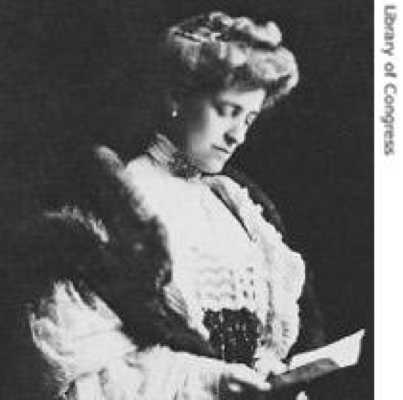
Edith Wharton is one of the greatest female American authors, best known for “The House of Mirth,” “The Age of Innocence” and “Ethan Frome,” which is short enough to be called a novella. In the introduction an unnamed narrator meets Ethan Frome, a man in New England who is fifty-two years old but looks much older, and walks with a limp after being smashed up many years ago. It turns out that Ethan was unhappily married to the hypochondriac Zeena, and felt attracted to his wife’s niece Mattie, who lived with them as a household help. Infuriated by jealousy, Zeena wanted to replace Mattie by a hired maid. This conflict led to a tragic outcome. There was a film adaption in 1993, with Liam Neeson and Patricia Arquette.
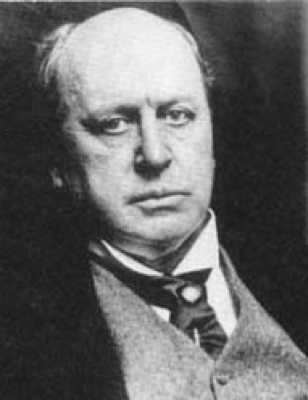
American author Henry James, whose novels include “The Portrait of a Lady” and “The Wings of the Dove,” might have been included more than once in this list, because “Daisy Miller,” “An International Episode” and “The Aspern Papers” all have the length of a novella. However “The Turn of the Screw” remains his most admired shorter work. Although James is a representative of literary realism, this is a gothic tale. In the introduction, an unnamed narrator listens to a man who starts reading a manuscript written by a governess. Together with a housekeeper, she became responsible for Miles and Flora, a orphaned boy and a girl living in a country house without their uncle. The governess started seeing the ghosts of two former employers around the house. In this eerie atmosphere her concern grew over the safety of the children. There are several adaptions, including a Benjamin Britten opera and the 1961 film “The Innocents” with Deborah Kerr.
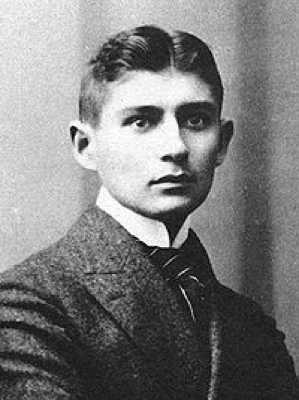
Kafka, who was born to a Jewish family in Prague, lived from 1883 to 1924. His most famous work is his novel “The Trial” (1925), but his novella “Die Verwandlung” is better suited to learn about him, because you are more likely to reach the end. A traveling salesman, Gregor Samsa, wakes up transformed into a giant insect. Because of this he cannot go to work. The interesting question is how his family and his employer will deal with the absurd situation. The story can be read as a reflection on how society treats people who are different in some way or another. Several stage adaptions and a graphic novel were made of this tale.
“Der Tod in Venedig” is one of Mann’s finest works, and it’s much shorter than “Buddenbrooks,” “The Magic Mountain” or “Doctor Faustus.” Writer Gustav von Aschenbach travels to Venice, where he becomes obsessed by the Polish adolescent boy, Tadzio. He sees this boy as the ideal of beauty. Then Aschenbach finds out that there is a cholera epidemic. Tadzio was based on a boy who Mann really saw in Venice, in 1911. Opinions differ as to whether this admiration for a boy about 13 years-old should be interpreted as purely platonic or not. In Luchino Visconti’s 1971 film adaption of this novella, Von Aschenbach is a composer instead of a writer. His music was actually written by Gustav Mahler. Above is the trailer for Visconti’s stunning adaptation – a film you must see if you haven’t.
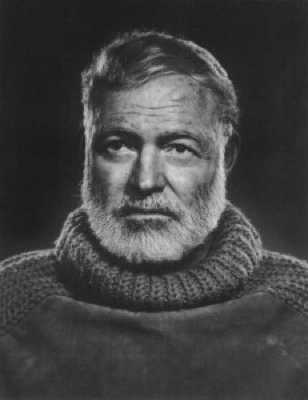
Hemingway, who saw economy of means and omitting the superfluous as an esthetic ideal, excelled is his shorter prose works. This novella, which he wrote in Cuba, was the last work to be published during his lifetime, and is arguably his best. Because fisherman Santiago hasn’t caught a fish in eighty-four days, his young apprentice Manolin isn’t allowed to join him anymore. So the old man sets out alone on his skiff, and catches a giant marlin. This is the start of an epic battle between a human individual and the forces of nature. John Sturges directed a film adaption in 1958, and there was a paint-on-glass-animated short film, in 1999.
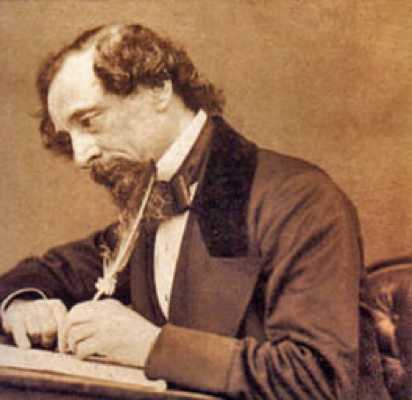
Dickens is probably the greatest writer of English fictional prose, with masterworks like “A Tale of Two Cities,” “Great Expectations,” “David Copperfield” and “Little Dorrit,” but this novella remains, in competition with “Oliver Twist,” his most popular creation. On Christmas night, the archetypical miser, Ebenezer Scrooge, is visited by the ghost of his deceased business partner, Jacob Marley, and by the ghosts of Christmas Past, Christmas Present and Christmas Yet to Come. This will finally convince him to change his attitude, and become more generous towards society in general, and towards his clerk Bob Cratchit and invalid son Tiny Tim specifically. There are countless adaptions and parodies for film, TV and other media.
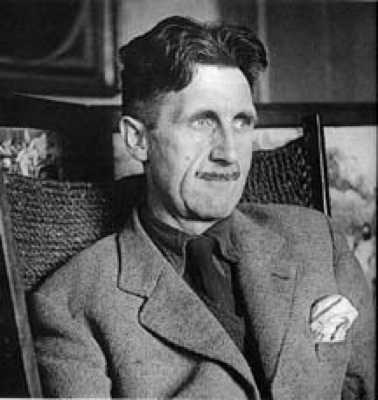
Eric Arthur Blair, or George Orwell, wrote two famous works which criticized the existence of totalitarian regimes: “1984” and “Animal Farm.” In this allegory, the main characters are intelligent animals. Although everybody is supposed to be equal, the pigs are more equal than the others. The story shows how utopian ideas can lead to exactly the opposite of what was intended: a dystopian society. The farm represents the Soviet Union. Napoleon and Snowball are based on Stalin and Trotsky. Orwell, himself, participated in the Spanish Civil War, on the communist side, but he opposed Stalin’s totalitarianism. There are two film adaptions of “Animal Farm” – an animated film in 1954, and a TV live-action film in 1999.
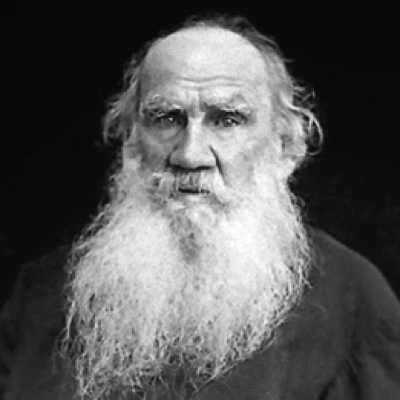
In this novella, an unnamed narrator gets involved in a debate about women and marriage. A man named Pozdnyshev interferes, and starts telling the story of his own unhappy marriage. When he was young, he had a debauched lifestyle and was involved with a lot of women. Then he got married. Carnal lust alternated with marital quarrels. His wife got acquainted with a pianist, and they started rehearsing Beethoven’s ninth sonata for violin and piano, nicknamed the Kreutzer Sonata because it’s dedicated to violinist Rudolph Kreutzer. Pozdnyshev, who absolutely hated this music and what it can do to a man’s mood, began to suspect his wife of adultery and conceived a plan to catch them red-handed. Tolstoy was in favor of sexual abstinence and he did dislike Beethoven, but you don’t have to agree with all his viewpoints to enjoy Pozdnyshev’s narrative.
